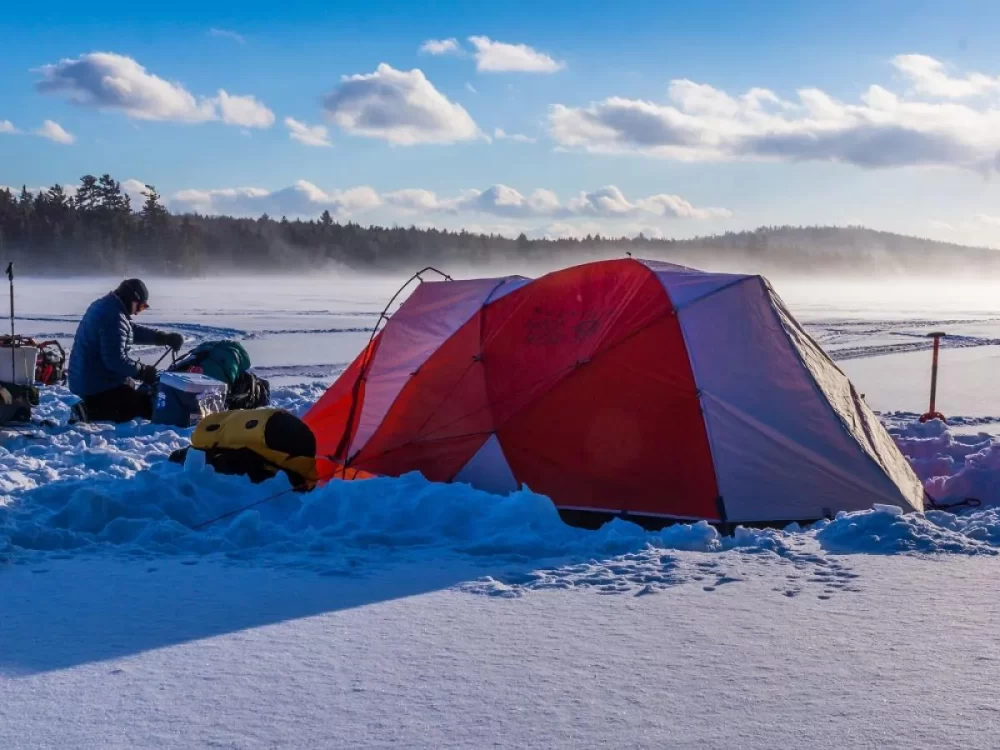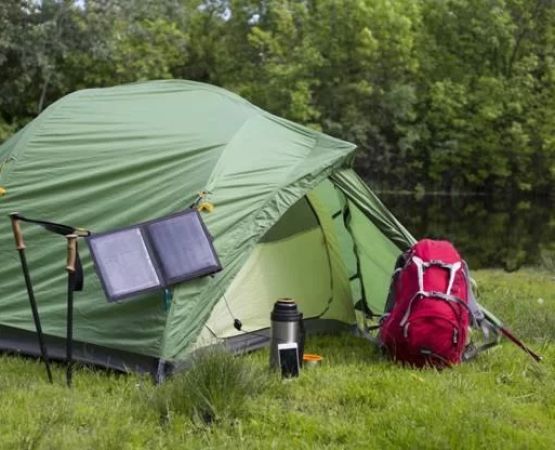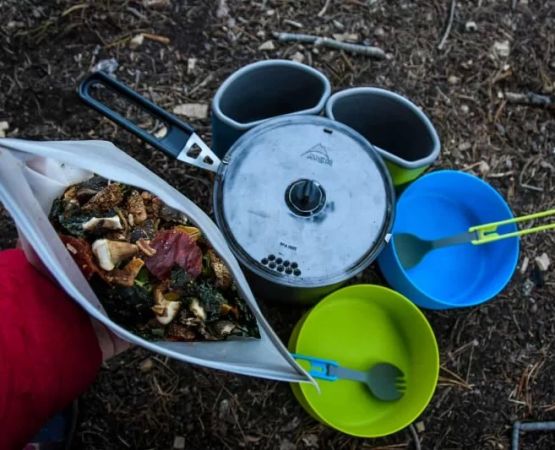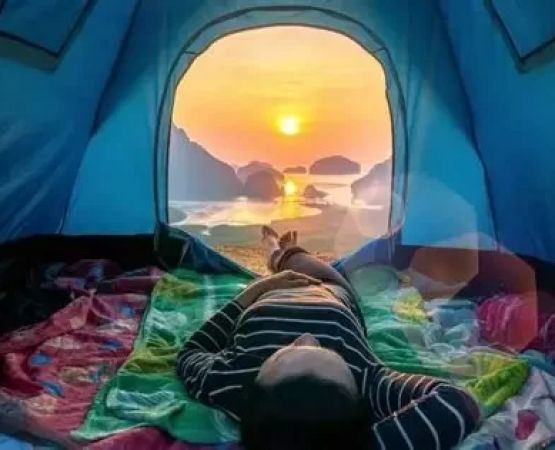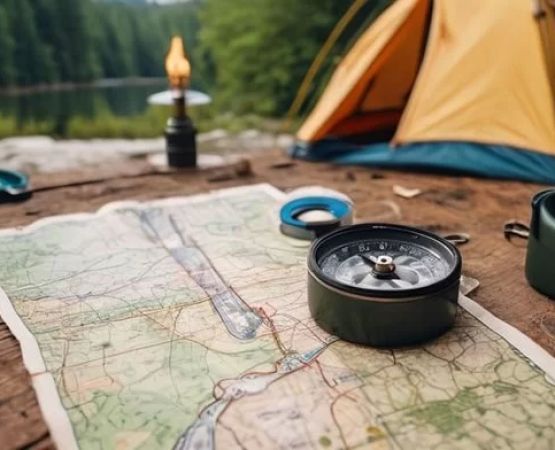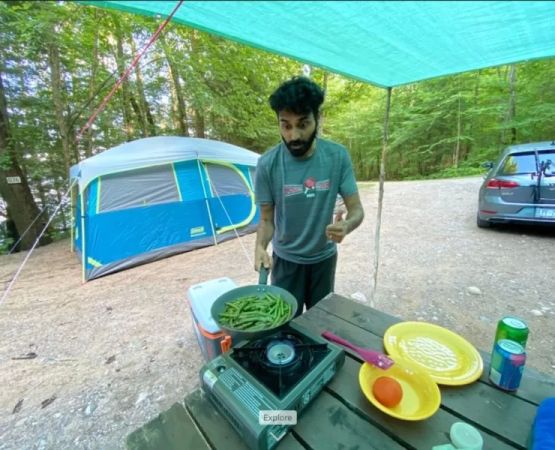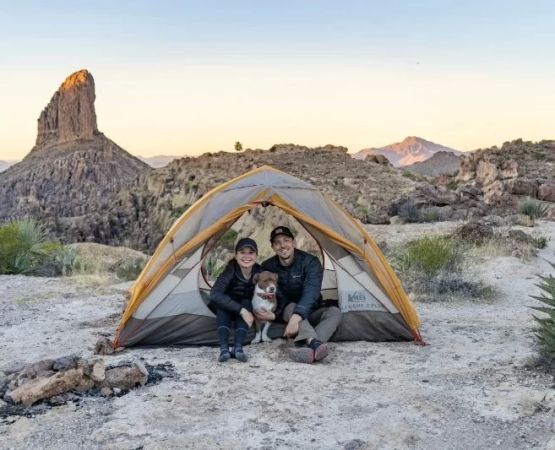Camping During the Winter Months: A Unique Adventure
When most people think of camping, they envision summer days filled with sunshine, warm nights around a campfire, and the sounds of crickets in the air. But for me, some of the best camping experiences happen when the temperatures drop, and the world is blanketed in snow. Camping during the winter months can be an entirely different kind of adventure, offering a peaceful and serene escape into nature, away from the crowds that flock to campgrounds in warmer seasons. While it might sound intimidating at first, winter camping offers its own set of rewards and challenges. Let me take you through everything I’ve learned from my own winter camping trips, and how you can make the most of it, too.
1. Why Winter Camping?
Winter camping is a unique experience that offers tranquility and solitude you just can’t find in peak camping season. There’s something magical about waking up to the sight of snow-covered trees and the crisp, quiet air of a winter morning. I remember my first winter camping trip in the Adirondacks. It was a challenge at first, with snowflakes gently falling around me, but the serenity of the campsite was like nothing I had ever experienced. No noise, no distractions – just pure nature.
Another benefit of winter camping is the absence of the crowds that typically fill campgrounds during the warmer months. The popular national parks, like Yellowstone or Yosemite, are often crowded in the summer, but during the winter, you can have the place almost to yourself. Plus, the winter landscape provides a completely different way of experiencing nature. Snow-capped mountains, frozen lakes, and frosty forests create a picturesque setting that is ideal for outdoor enthusiasts seeking adventure and solitude.
2. Essential Gear for Winter Camping
Winter camping requires some special gear to ensure your safety and comfort. While camping in the summer might only require a tent and a sleeping bag, the winter months demand a bit more preparation. Over the years, I’ve learned which gear is absolutely essential for staying warm and safe while camping in cold weather.
Winter Sleeping Bags and Insulation
The right sleeping bag is key to staying warm during the cold nights. I’ve learned from experience that it’s essential to choose a sleeping bag rated for winter temperatures. Look for bags rated for at least 20°F or lower, depending on where you're camping. Also, don’t forget to bring a sleeping pad with good insulation to keep the cold from seeping in from the ground. In colder conditions, I recommend using an insulated inflatable pad for extra warmth.
Appropriate Clothing
Layering your clothing is crucial when camping in winter. I always pack a base layer, a middle insulating layer, and an outer waterproof shell to protect against snow, rain, and wind. Wool and synthetic fabrics work best in winter as they retain heat even when wet. Be sure to bring thermal socks, a good hat, and gloves, as these extremities are prone to getting cold quickly. I also use a down jacket, which packs small and provides excellent insulation without adding too much weight.
Winter Tent
A four-season tent is a must if you're heading into more extreme winter conditions. These tents are designed to handle the snow and wind that often accompany winter weather. The extra durability and stronger frame will help protect you from harsh conditions. During my trip to the Rocky Mountains, the high winds and heavy snow would have been impossible to endure in a three-season tent, but my four-season tent kept me warm and dry all night.
3. Winter Camping Food and Water
When you're out camping in the winter, your food and water needs change a bit from your usual summer camping routine. I’ve learned from experience that keeping food warm and ensuring you have enough calories to maintain energy in the cold is essential.
Food Choices
I recommend packing high-calorie, easy-to-cook foods that are lightweight and simple. Think energy bars, dried fruits, nuts, instant oatmeal, and freeze-dried meals. These are all easy to prepare even in the coldest conditions. On my first winter camping trip, I brought along a pre-cooked chili that I could heat up over the stove, and it was the perfect comfort food for a cold night.
Water Management
One of the biggest challenges of winter camping is ensuring you have enough water to stay hydrated. In freezing temperatures, it’s crucial to prevent your water from freezing. I always bring a thermos with hot water for cooking and drinking, as it’s easier to heat it up than try to thaw frozen water bottles. If you’re melting snow for drinking water, make sure to boil it to purify it before drinking.
4. Safety Considerations
Winter camping comes with some inherent risks, but with the right precautions, you can stay safe while enjoying the experience. Over the years, I’ve learned to respect the challenges winter conditions present and always stay prepared.
Be Aware of Weather Conditions
Before heading out, I always check the weather forecast and prepare for possible changes. Winter weather can be unpredictable, so it’s important to be ready for snowstorms, sudden temperature drops, and strong winds. I’ve had a few trips where the weather turned unexpectedly, but I was always able to adapt because I planned ahead and packed accordingly.
Snow Safety and Avalanches
If you're camping in areas where avalanches are a possibility, it’s essential to know how to assess avalanche risks. Always check avalanche warnings, and consider taking an avalanche safety course before heading out. When I camped in the Sierra Nevada, I took an avalanche safety course to make sure I understood how to avoid risky terrain. These precautions are critical for staying safe in winter mountain environments.
5. Winter Activities to Enjoy
Winter camping isn’t just about hunkering down in your tent and waiting out the cold – it’s also an opportunity to enjoy a variety of winter activities. In fact, winter camping offers some of the best outdoor recreation, like snowshoeing, cross-country skiing, and ice fishing. During a winter camping trip in Colorado, I took my snowshoes out on a quiet trail, and the solitude of the snow-covered forest was one of the most peaceful experiences I’ve ever had.
If you enjoy photography, winter camping is an excellent time to capture the stunning landscapes. The contrast of snow against dark tree trunks, frozen lakes reflecting the sun, and wildlife in the snow all provide incredible opportunities for photographers looking to capture nature at its most beautiful.
6. Finding the Best Winter Camping Spots
When choosing a winter camping location, I always look for areas with scenic beauty, but also ones that are manageable in terms of access and safety. National forests, state parks, and even certain national parks offer great winter camping opportunities. Some locations, like the Great Smoky Mountains or the Olympic National Park, offer winter camping with relatively mild conditions, making them ideal for beginners. For those more experienced campers, high-altitude areas like the Rockies or the Sierra Nevada present a true winter challenge.
One of my most memorable winter trips was to Acadia National Park in Maine. The coastal setting, combined with winter’s quiet beauty, was absolutely breathtaking. I had the entire park to myself during that time of year, and the view of the frozen coastline was mesmerizing. It’s moments like these that make winter camping truly unforgettable.

